Hidden in plain site: the treasure that is Lodi’s (endangered) ancient vines.
As Lodi gradually builds awareness of its place in California wine culture, and therefore as a wine travel destination, it is simultaneously losing, bit by bit, one of the most important resources that make it a wine country treasure: its ancient-vine vineyards, many well over 100 years old.
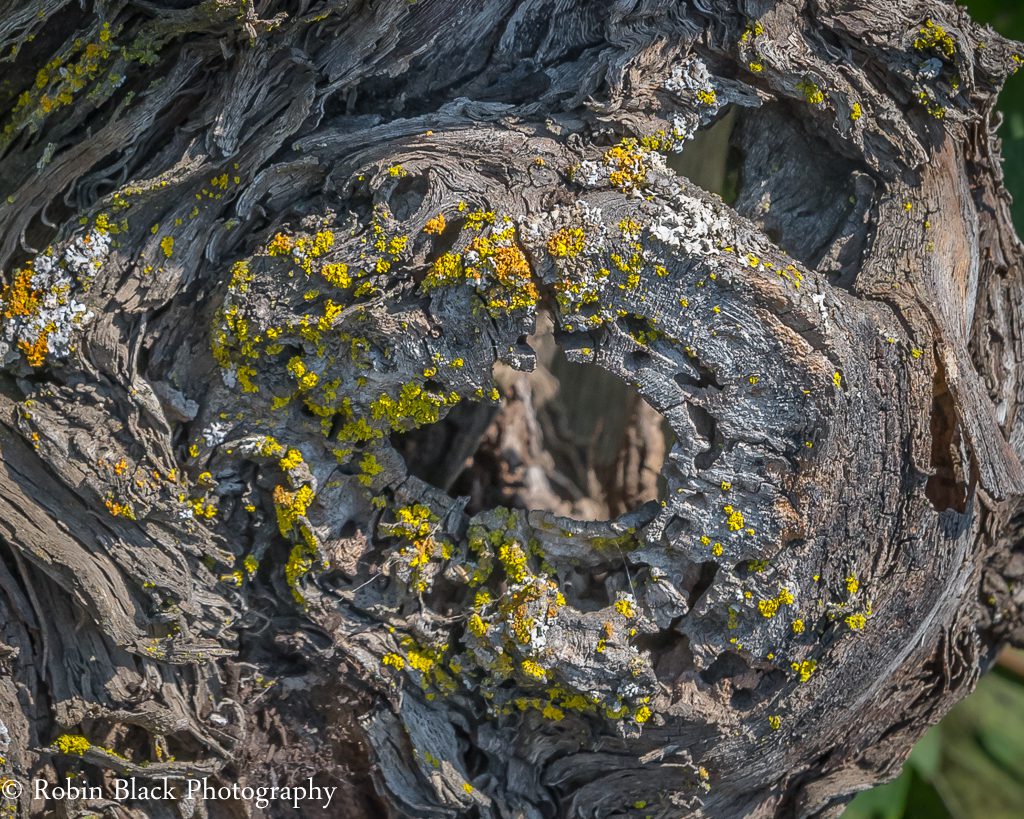
Kevin Phillips, Vice President of Operations at Michael David Winery, a large family-owned winery in Lodi, estimates that Lodi lost approximately ten percent of its old-vine plantings this year alone.
Let that sink in.
If you drove through the backroads of Lodi in the weeks following this year’s harvest, you would have seen vineyards at every turn piled up with torn-out, gnarly grapevines. And that’s a sight that should break any wine lover’s heart.
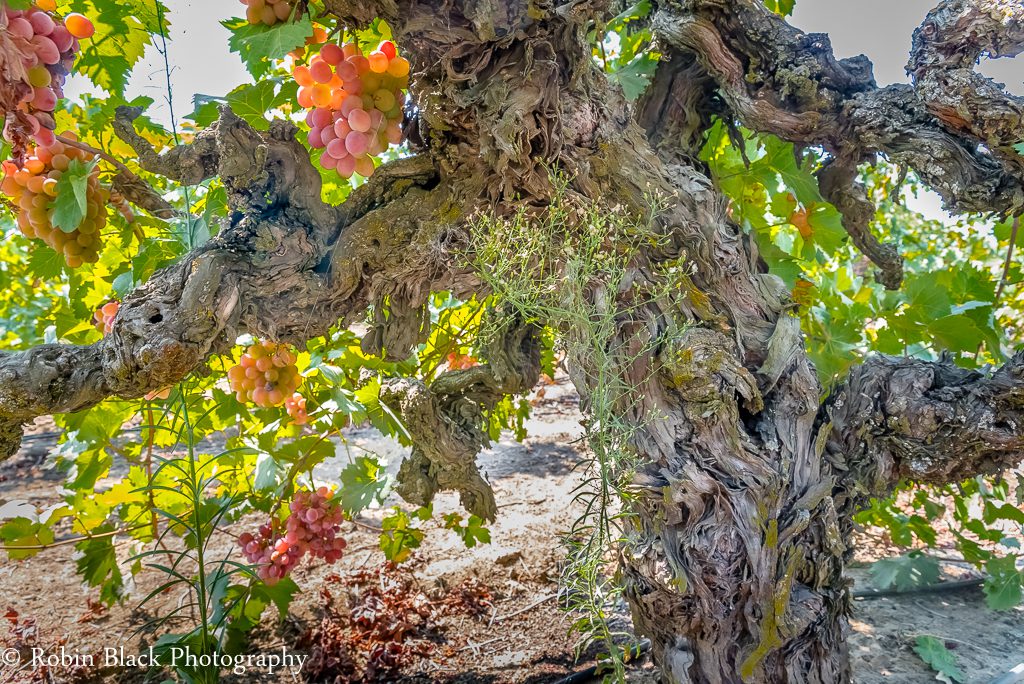
But there is cause for at least a little hope. There is a kind of lovely irony that a winery that produces almost 1 million cases of wine a year would also be leading the charge to preserve some of these old vineyards–the wine business has its bottom-dollar requirements just as any business does, so it’s almost remarkable that a hometown operation the size of Michael David has embraced a caretaker role in overseeing vineyards that will never be big-yield moneymakers. Their company size also makes this caretaker role especially significant, and gives great visibility to the need to preserve the old vines.
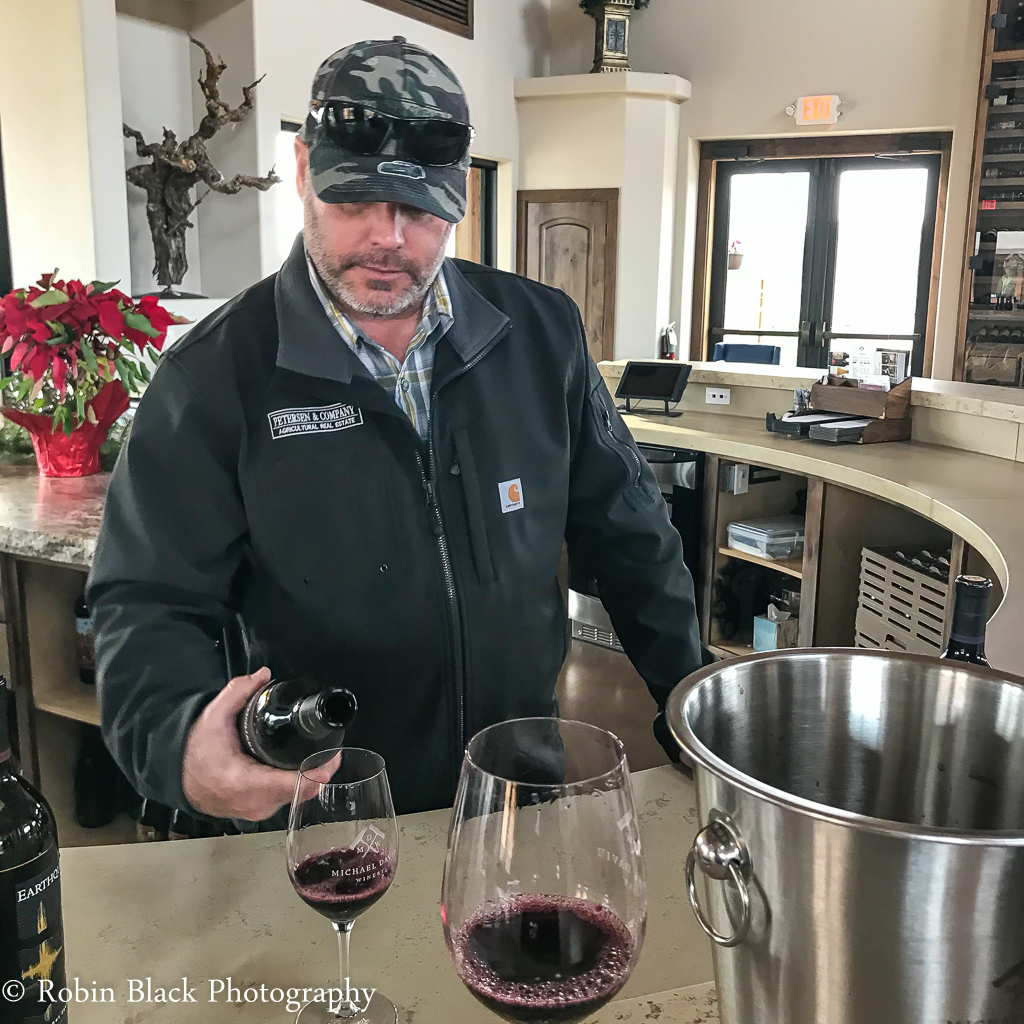
And while they will never be cash cows for growers, what they really are is the soul of Lodi. They are Exhibit 1 in the case for Lodi terroir. And we’re only just beginning to get to know them.
The Bechthold Vineyard.
The names of individual ancient vineyards in Lodi are becoming better known among those who are getting better acquainted with the area: Lizzy James, Rous, Soucie, Mohr-Fry, and one of the most important ancient plantings in Lodi, the storied Bechthold Vineyard.
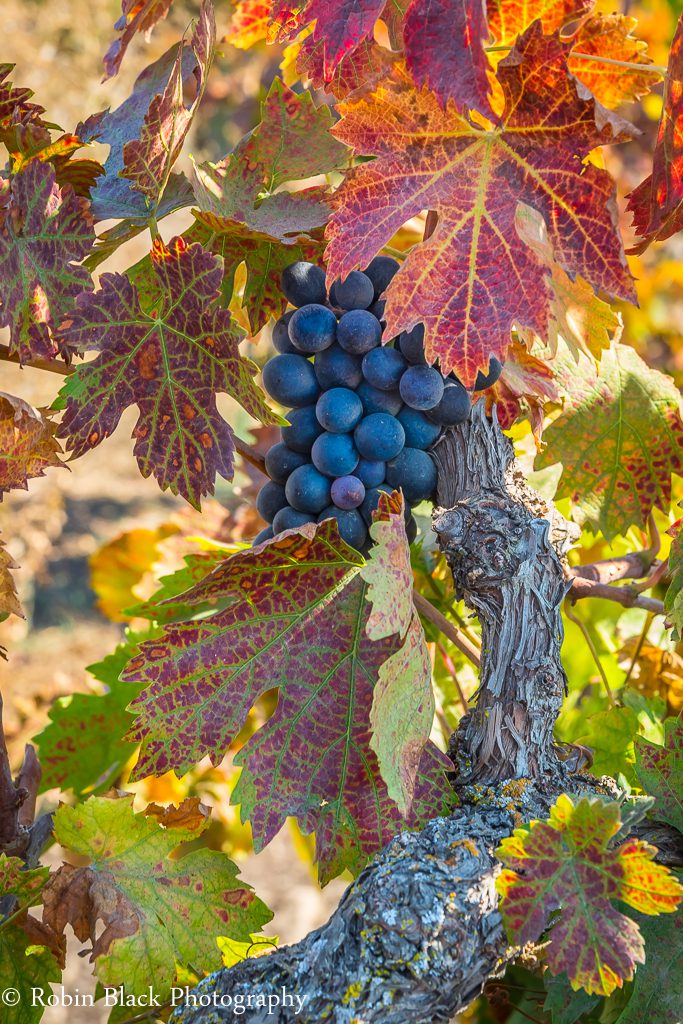
Planted by Joseph Spenker in 1886, this vineyard of primarily Cinsault vines has gained a deservedly high reputation for the quality of grapes the vineyard produces, drawing the interest of local winemakers as well as Bonny Doon’s iconoclastic Randall Grahm, who recognized the quality of Bechthold fruit many years ago.
The California State Fair named Bechthold Vineyard of the Year in 2014, drawing yet more attention to this vineyard and to Lodi’s old vines generally speaking.
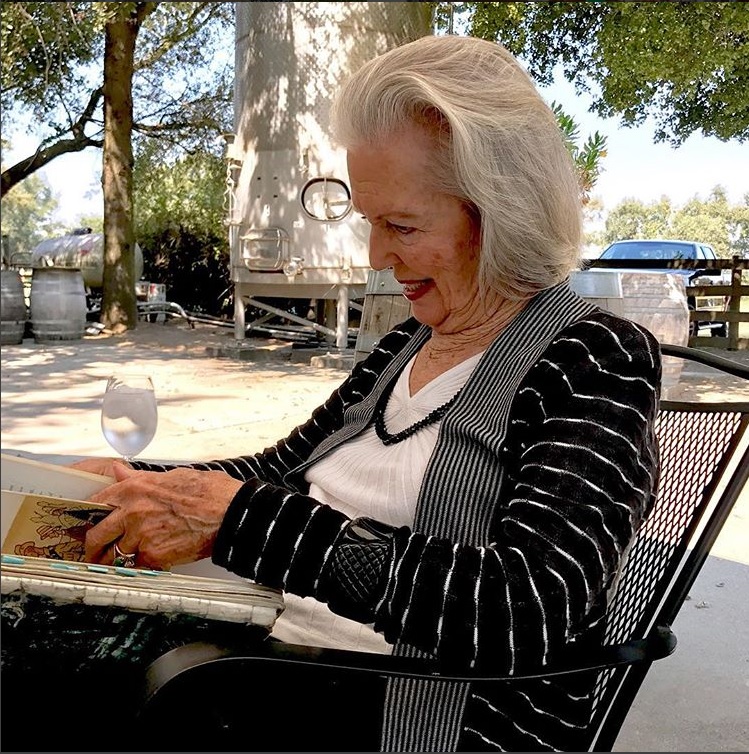
The vineyard has remained in the family to this day (part of Jessie’s Grove Winery), but it is currently managed by Kevin Phillips at Michael David, who was asked to take on care for the ancient head-trained, own-rooted vineyard by Jessie’s Grove owner Al Bechthold himself. Bechthold’s one request was that anyone who purchased fruit from the vineyard put the vineyard’s name on the label. If you drop by the patio at Jessie’s Grove most Saturdays, you are likely to find matriarch Wanda Bechthold holding court and telling the story of her family’s history in Lodi to interested visitors (and what a story it is).
So . . . what does Lodi taste like?
It’s been fewer than 20 years ago that adventurous winemakers (and often growers-turned-winemakers) in Lodi began focusing on these individual vineyards to see what the fruit once destined for bulk-produced jug wines actually tastes like on its own. Is the fruit of high quality? Is it indicative of the region in which it’s grown? Lodi has over 110,000 acres planted to winegrapes, but what constitutes Lodi’s terroir? Nobody really knew.
Winemakers like the team at Michael David and Mike McCay of McCay Cellars, among several other locals, began experimenting to determine exactly that, and in most cases they gravitated to vines that were 50, 75, 100, 100+ years old. None of these vineyards had ever been made into its own wine. Nobody knew what a single-vineyard Lodi Cinsault or Zinfandel tasted like, because such a thing had never existed before.
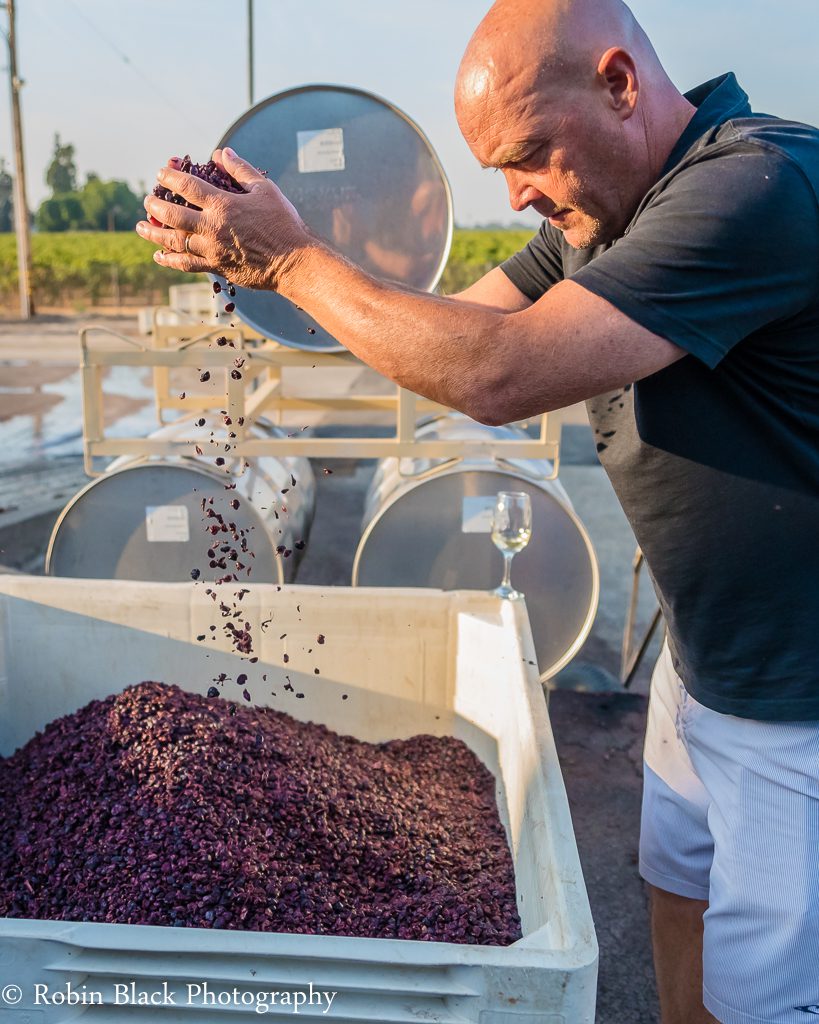
McCay has an unequaled roster of single-vineyard Lodi Zinfandels that stand out like a roadmap to the terroirs of different Lodi AVAs, each with minimal intervention during the winemaking process to let the grape show as much of its personality as possible (and his series of Zins is so remarkably good I’ll devote a separate post to a detailed tasting in the coming weeks). These are almost exclusively very old vines, and it’s a tragic sign of the times that the vineyard for his top-of-the-line Zin, the Contention, was ripped out this fall, destined for higher-yield cabernet grapes bound for contracts with wine behemoths like Gallo.
Can Lodi’s ancient vines be saved?
It’s a simple bottom-dollar issue. You can’t expect a grower to maintain those ancient vines if they can’t get the necessary yield from them (and therefore the necessary return on investment).
So how to preserve at least a portion of those old vines? Kevin Phillips has some ideas.
“We have to find some way to document these vineyards,” Phillips said during a recent interview at the winery.
Phillips says that all of these old vineyards, some of which were only rehabilitated into productive vines in the last few years, first have to be identified. “Before we can even think about preserving these, we have to know what we actually have.”
Bechthold is the only vineyard Michael David manages that they don’t also own–and they have sought out older vineyards for their own estate, with the purchase this year of the 160-acre DeLuca Vineyard in Lodi, planted to significant amounts of old-vine Zinfandel.
“We’re a giant boutique winery,” Phillips jokes, but his joke points to a very serious commitment that the winery has made to preserving these vines. Michael David was also the area’s leader in pushing implementation of the Lodi Rules sustainable growing standards created by the Lodi Winegrape Commission, so they do not shy away from assuming the role of industry leader and industry innovator, and they do so with a level of corporate conscience that is refreshing.
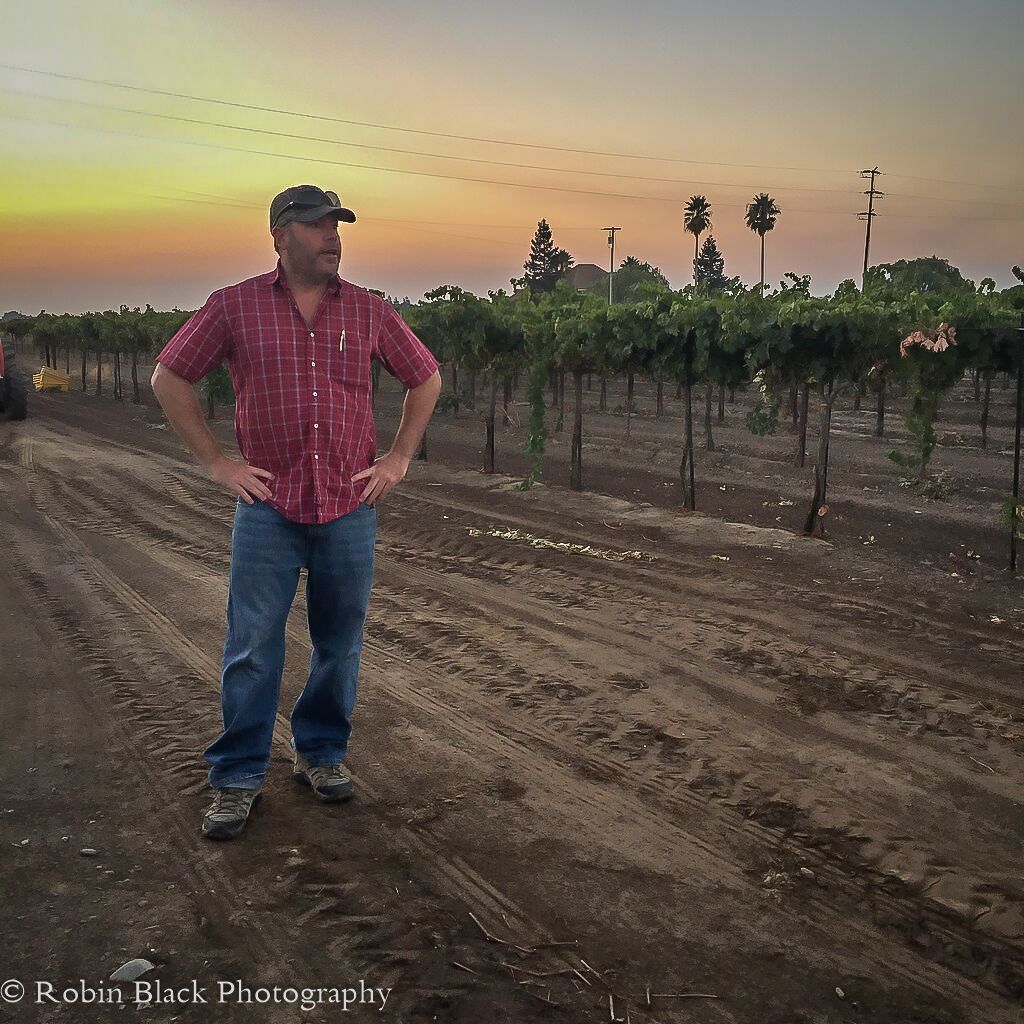
In a way, the issue surrounding Lodi’s old vines and whether or how to preserve them is just one facet of Lodi’s overall journey to figuring out what it is and how it fits into California wine culture. The winegrape commission recently held a seminar on premiumization, which is really part of the same issue. Lodi produces seriously high quality grapes, but with decades of being under contract mostly to the Gallos of the wine world with all that Lodi fruit going into mass-produced, faceless wines, it never before had to approach the concept of establishing Lodi as a premium winegrape growing region. Know what you’re worth, and demand requisite prices.
Phillips believes premiumitizing some of these old vines can be a key part of Lodi’s identity as a wine region (and not just a winegrape region). He suggests that–once those old vines are documented–some sort of grape exchange specific to old vines, perhaps put into place by the winegrape commission, could go a long way in creating and sustaining a market for these beautiful and endangered vines.
Until then, seek out these wines, and seek out Lodi. The acres of old vines that you will see on a drive around the area are a thing of beauty, but they may not be there much longer.
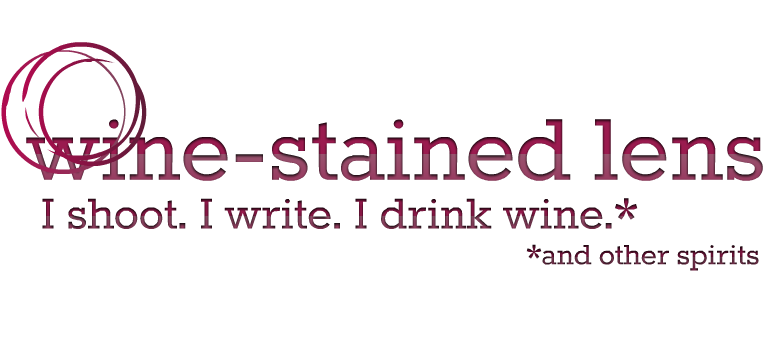
7 Comments
Pingback:
Brian
I just had a 2015 Turley Bechthold Cinsault a couple days ago. Didn’t love it, but it was an intriguing wine. Lovely aromatics of gardenia, raspberry, and a saline quality to it. A little flat on the acid, but that’s cinsault. These types of wines may not beat out more mainstream wines, but they are history in a bottle and totally intriguing.
Great article on this vineyard and this region! Glad that producers in regions outside of Napa and Sonoma are committing to preservation. And I love what the Historic Vineyard Society does. I frequently use their website as a resource.
Sean Nelson
The Historic Vineyard Society exists to preserve, protect and promote California’s oldest vineyards. https://historicvineyardsociety.org/
Pingback:
Martin Redmond
I was on the Visit Lodi website today and saw this great piece about Bechthold! It’s sad to see these old vines at risk!
Bob Highfill
Beautiful article Robin.
Scott
Nice article, and great photos. With every ancient vine being ripped out I envision my Grandfather rolling over in his grave. What your article does not address is the reason why these vineyards are becoming extinct. You glaze over it with the dollar-bottom line phrase. It is simple business: these vines must be hand picked with a large crew vs newer vines on the wire that can “picked” with big mechanical harvesters and very quickly. It costs a lot more to hand pick these vines, and with a dwindling supply of labor (migrant pickers) it drives those costs higher.
As a 50-something 5th generation Lodian I am proud of my families wine grape growing roots. However, your digs at Gallo is unwarranted. Ernest & Julio knew the quality of Lodi grapes early on and farmers made a good living with the long term contracts prior to 90’s. Many of today’s wineries would not exist without their financial success provided by Gallo. The infamous Hearty Burgundy was made with primarily Lodi Zin & Carignan. Legendary Lodian Robert Mondavi opened his facility in the 70’s and gave growers another option. When David Lucas opened his boutique winery people called him crazy in the 80’s. As the boomer generation (most with college degrees) took over family farming operations they saw the light and founded the Lodi Wine Commission in the early 90’s. Citizens laughed and thought the growers were throwing money away and how Lodi will never be a recognized wine area or be a travel destination. Well, now with over 80 wineries Lodi is on the map having been named Wine Enthusiasts “Wine Region of the Year” in 2015. No one is laughing today.
My hope is that with leaders like Michael-David and McCay leading the way others will think long and hard before pulling out these beloved older vines. Sure, those bottles of wine will be on Lodi’s higher end, $35-40 a bottle, but the quality will bring those wineries attention hence causing demand for their $15-20 a bottle wines. It is a win-win if the growers/wineries think long term.
#lodiwine